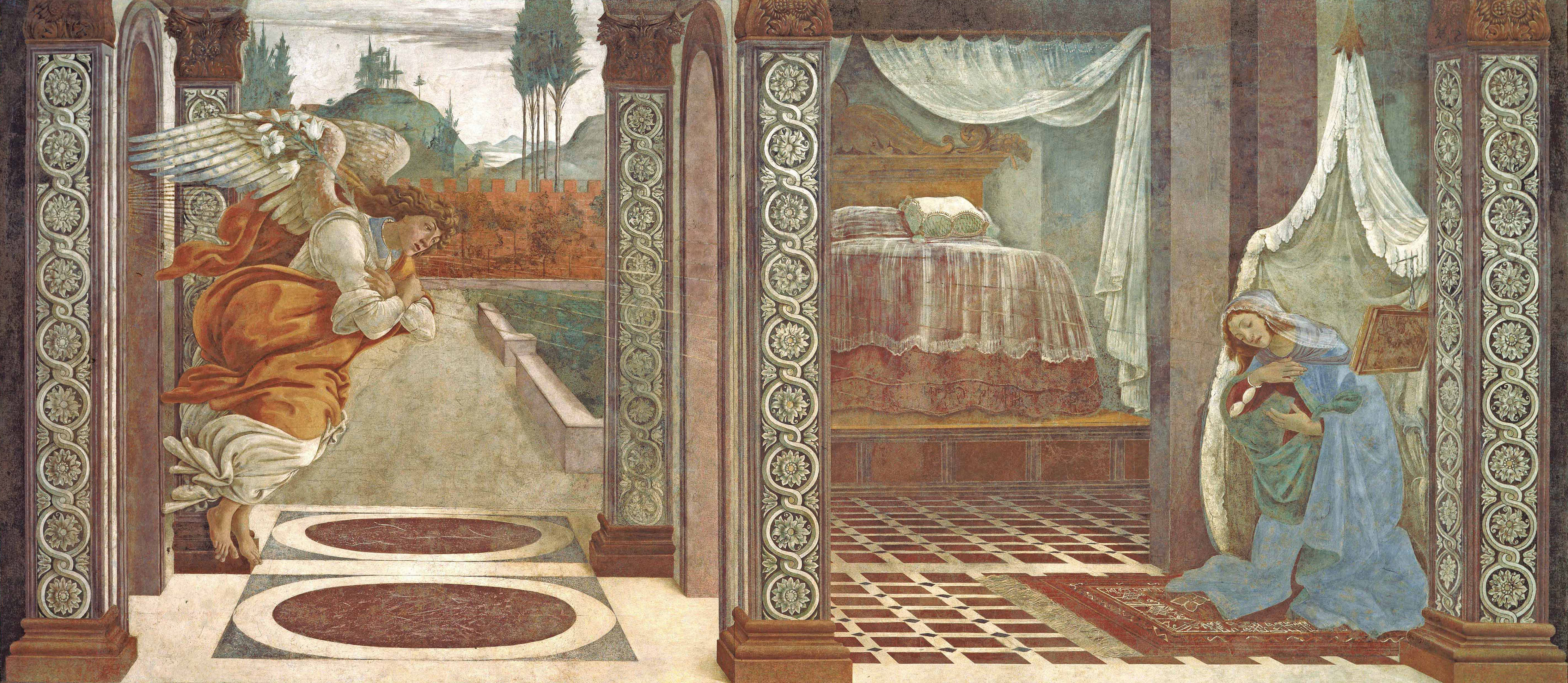All exhibitions that deal with the distant past inevitably fall into the trap of anachronism to some degree. This is especially true when they try to present a strong storyline that appeals to modern audiences, as the present exhibition at Bunkamura The Museum does with "Money and Beauty: Botticelli and the Renaissance in Florence."
The exhibition brings together an impressive collection of works by Sandro Botticelli, the artist whose name, among a few others, springs to mind when we think of the period before the High Renaissance (c.1490-1530). Because of his famous "Primavera" ("Allegory of Spring"), Botticelli is also a painter whom the public tend to associate with the season of spring, which may explain the exhibition's timing in Tokyo's art calendar.
Be that as it may, this show sets out to make an era that was quite different from our own understandable in the terms of the present day by focusing on the readily understood idea of a synergy between wealth and beauty. It promotes the notion that the rich and successful of the period "splashed out" on art and decoration in an obvious attempt at conspicuous consumption. After all, what can seem more natural to the broad masses, who perhaps dream of being able to do something similar by buying designer curtains or a charming piece of furniture?



